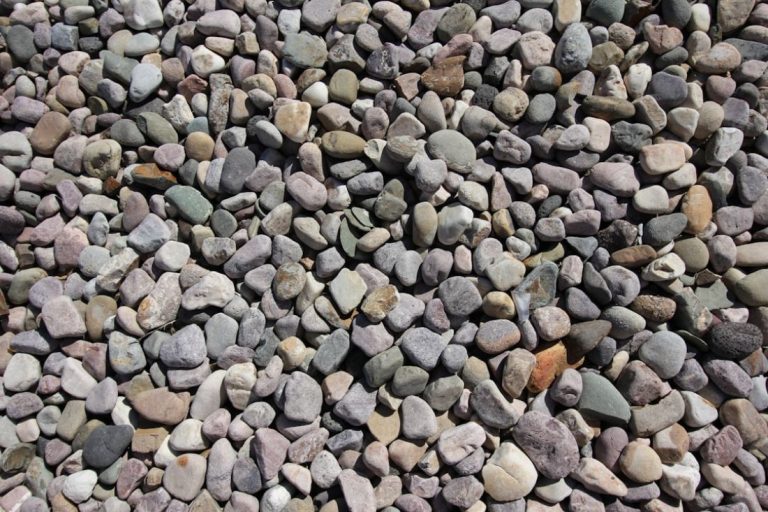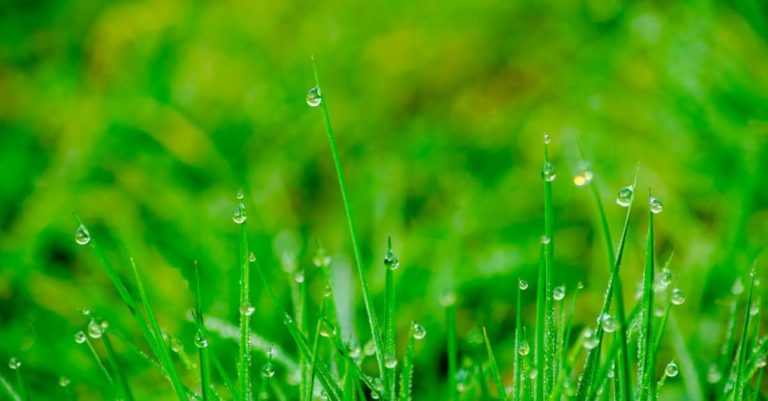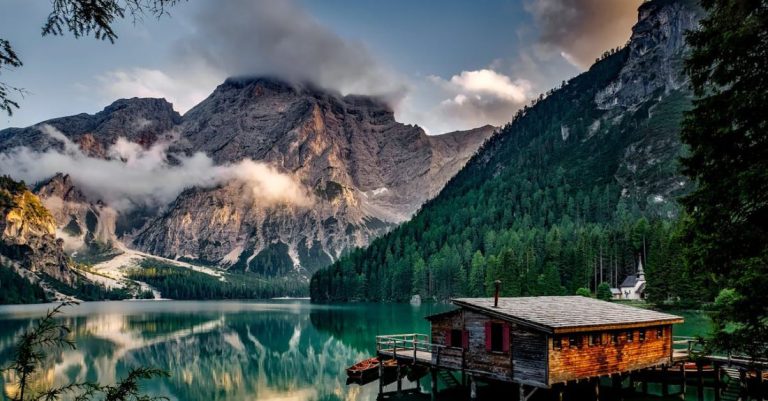
Creating a beautiful outdoor space doesn’t have to be a high-maintenance endeavor. With the right planning and design, you can achieve a low-maintenance landscape that looks great year-round without requiring constant upkeep. By incorporating the following strategies into your landscaping plan, you can enjoy a stunning outdoor space that doesn’t demand a significant amount of time and effort to keep looking its best.
Choose the Right Plants
Selecting the right plants is key to creating a low-maintenance landscape. Opt for native or drought-tolerant plants that are well-suited to your climate and soil conditions. These plants are more likely to thrive without the need for frequent watering, fertilizing, or pest control. Additionally, choose plants that are known for their resilience and ability to withstand fluctuations in weather conditions. By selecting the right plants from the start, you can significantly reduce the amount of maintenance your landscape requires.
Mulch for Moisture Retention and Weed Control
Mulching is a simple yet effective way to minimize maintenance in your landscape. Mulch helps retain moisture in the soil, reducing the need for frequent watering, especially during hot and dry periods. In addition to moisture retention, mulch also helps suppress weed growth by blocking sunlight from reaching weed seeds and preventing them from germinating. Choose a quality mulch that complements the overall aesthetic of your landscape and apply it generously around your plants and garden beds.
Design with Easy Maintenance in Mind
When planning your landscape design, consider the maintenance requirements of each element you incorporate. Opt for hardscape features such as stone pathways, gravel areas, or raised beds, which require minimal upkeep compared to traditional turf grass. Keep plantings simple and strategically group them based on their water and sunlight needs to streamline watering and care routines. Designing with easy maintenance in mind from the outset will save you time and effort in the long run.
Implement an Efficient Irrigation System
An efficient irrigation system is essential for maintaining a low-maintenance landscape. Consider installing a drip irrigation system that delivers water directly to the base of plants, minimizing water waste and reducing the need for manual watering. Programmable timers can help you establish a consistent watering schedule that meets the needs of your plants without overwatering. By investing in an efficient irrigation system, you can ensure that your landscape receives the water it needs while minimizing maintenance tasks.
Regularly Monitor and Adjust
Even a low-maintenance landscape requires some level of monitoring and adjustment to ensure its health and vitality. Regularly inspect your plants for signs of pests, diseases, or nutrient deficiencies and take prompt action to address any issues. Adjust your watering schedule based on weather conditions and seasonal changes to meet the evolving needs of your landscape. By staying proactive and attentive, you can prevent small problems from escalating and maintain a thriving low-maintenance landscape.
Maintain Cleanliness and Order
Keeping your landscape clean and well-maintained is essential for achieving a low-maintenance outdoor space. Regularly remove debris, fallen leaves, and weeds to prevent them from accumulating and becoming a nuisance. Prune plants as needed to promote healthy growth and maintain a tidy appearance. By staying on top of cleanliness and order in your landscape, you can minimize the need for intensive cleanup sessions and enjoy a more effortless maintenance routine.
Embrace Natural Solutions
Incorporating natural solutions into your landscape can further reduce maintenance requirements and promote a healthy ecosystem. Consider adding beneficial insects, such as ladybugs or lacewings, to help control pest populations naturally. Introduce compost and organic matter into your soil to improve its fertility and structure, reducing the need for synthetic fertilizers. Embracing natural solutions not only benefits the environment but also contributes to a more sustainable and low-maintenance landscape.
Strive for Balance and Harmony
Achieving a low-maintenance landscape is not just about minimizing tasks; it’s also about creating a space that brings joy and relaxation. Strive for balance and harmony in your landscape design by incorporating a mix of textures, colors, and elements that complement each other. Aim for a cohesive look that blends seamlessly with your home and surroundings, creating a unified and inviting outdoor environment. By striking a balance between aesthetics and functionality, you can enjoy a low-maintenance landscape that enhances your outdoor living experience.
Incorporate these strategies into your landscape planning and design to create a low-maintenance outdoor space that you can enjoy year-round with minimal effort. By choosing the right plants, implementing efficient irrigation, and designing with easy maintenance in mind, you can achieve a beautiful and sustainable landscape that enhances your home’s curb appeal and provides a tranquil retreat for relaxation and enjoyment. With a thoughtful approach and a focus on simplicity and practicality, you can cultivate a low-maintenance landscape that meets your needs and elevates your outdoor living experience.





